
Expedition to the Fossilized Ancestor of the Great Barrier Reef
Shipiodpmaya
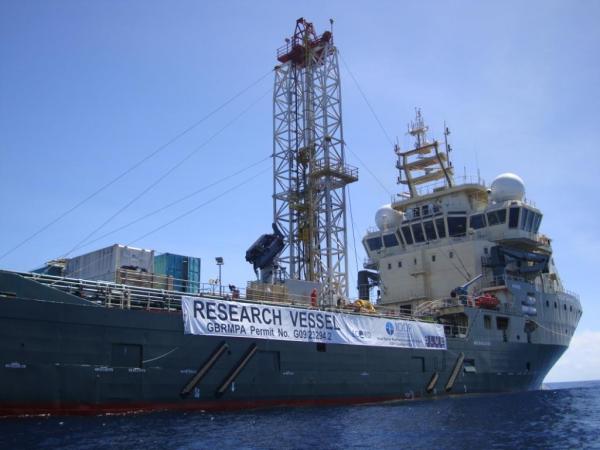
It looks like smooth sailing for the Greatship Maya, a research vessel that headed to the waters off the edge of the Great Barrier Reef earlier this year. The large tower in the middle of the ship is the mighty drill the researchers used to retrieve ancient, fossilized coral from the sea floor. Not all the days spent aboard the Maya were this idyllic. Monsoon season and a tropical cyclone chased the craft back toward land several times during the two-month expedition.
View Of The Drilling Derrick
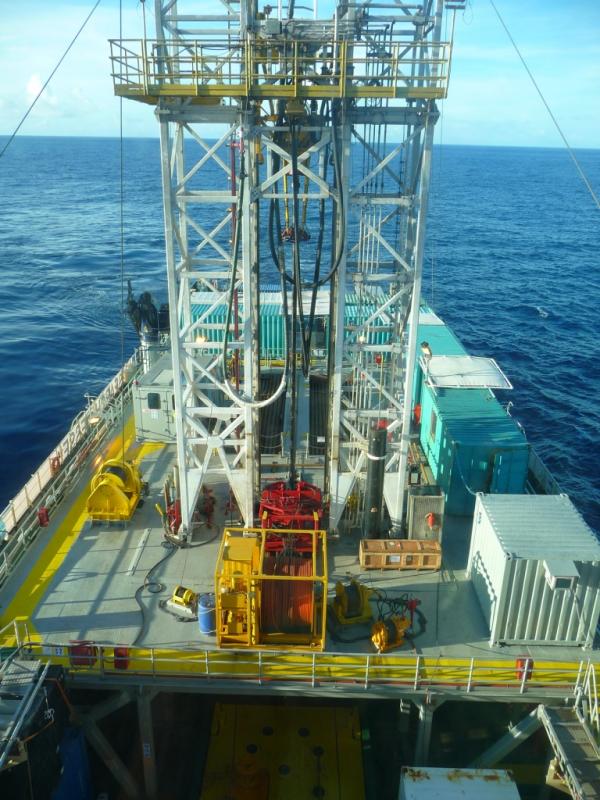
A view of the drill. To keep the massive burrowing tool steady, the ship is built to rotate and move around the drill as it bores into the sea floor. The ship's team had to keep a close eye on the weather, and give themselves plenty of time to pack up and move out of the way of approaching storms. Once the drill is fully extended, it can take a couple of hours to pull its impressive length back up inside the ship.
The shipping containers visible on deck functioned as mini-laboratories where the scientists conducted their field work during the expedition.
Seabed Template In The Moonpool
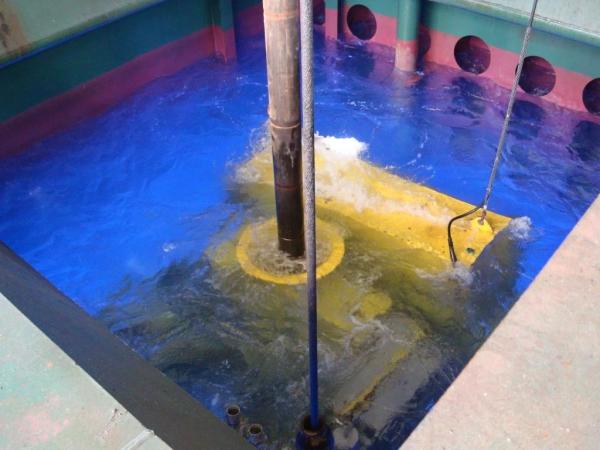
"Moon pool" has a magical ring to it, but the the fanciful term refers to the hole in the bottom of the ship through which the Maya's powerful drill extends.
Coral Cores
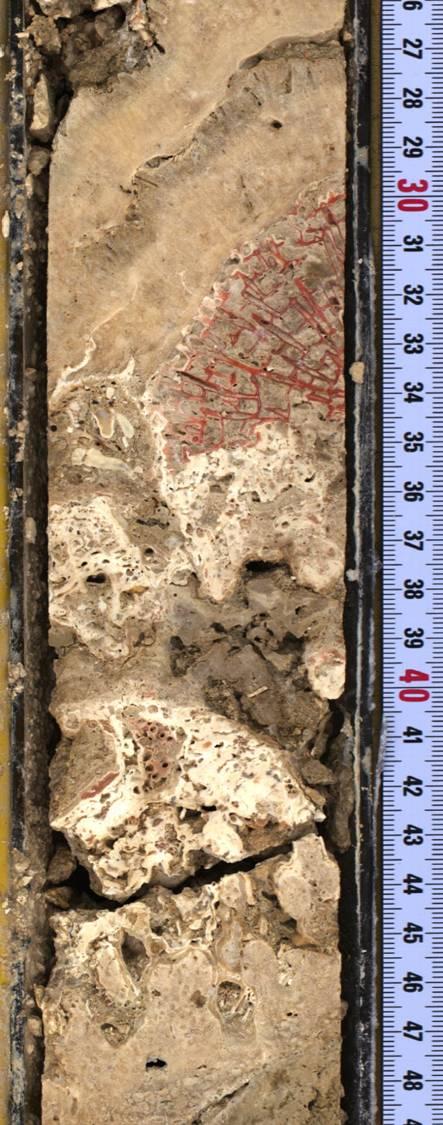
Just a small glimpse of the hundreds upon hundreds of feet of coral cores the Integrated Ocean Drilling Program (IODP)/European Consortium for Ocean Research Drilling (ECORD) expedition drilled out of the seafloor.
These humble-looking fossils, formed tens of thousands of years ago, may contain the key to unlocking the truth about sea level changes dating from the middle of the last glacial period, about 20,000 years ago, up until the present time. Corals trap within their structures detailed information about ocean waters, and, through intense study of these fossilized reefs, researchers can build a plot of how everything from water temperature to water depth to the water's chemical makeup changed from year to year, even from month to month.
Coral
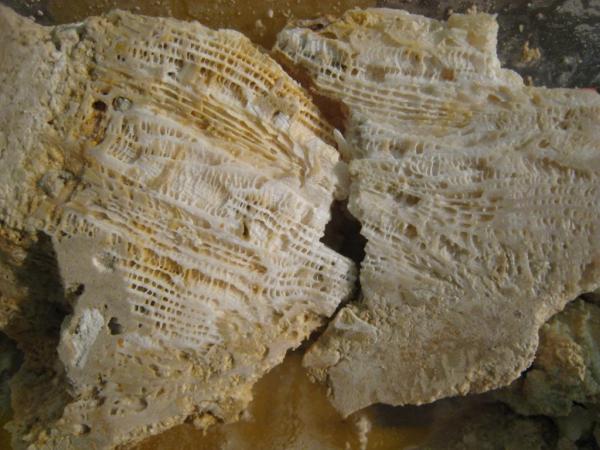
Here, the bands in the coral skeletal structure are clearly visible. Expedition scientist Carol Cotterill said these bands are similar to tree rings, in that they offer up clues about changing environmental conditions.
Sign up for the Live Science daily newsletter now
Get the world’s most fascinating discoveries delivered straight to your inbox.
Drill Floor And Moonpool
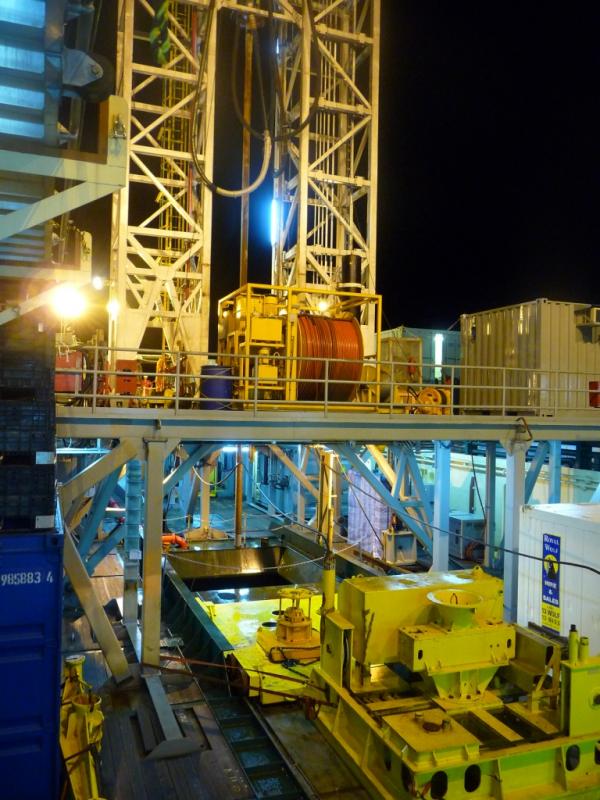
Nightfall offers no respite when science calls: The drill derrick and moon pool still operate in the darkness. Scientists aboard the Maya worked in 12-hour shifts, either from noon until midnight, or from midnight until noon, for the duration of the two-month voyage.
Cotterill was assigned the midnight to noon rotation. "You have breakfast at half past 11 at night, which is slightly weird," she said.
Reef Drill Ship Sunrise
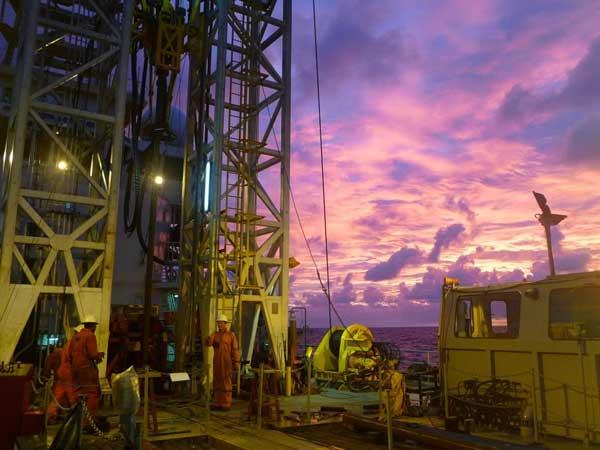
Dawn breaks over the horizon, and the team is still working, bringing up pieces of a bygone world. The fossilized coral the researchers recovered will help tell the story of the dramatic climate changes Earth has undergone in the past, and may help improve our understanding of what further warming of the planet could portend.









